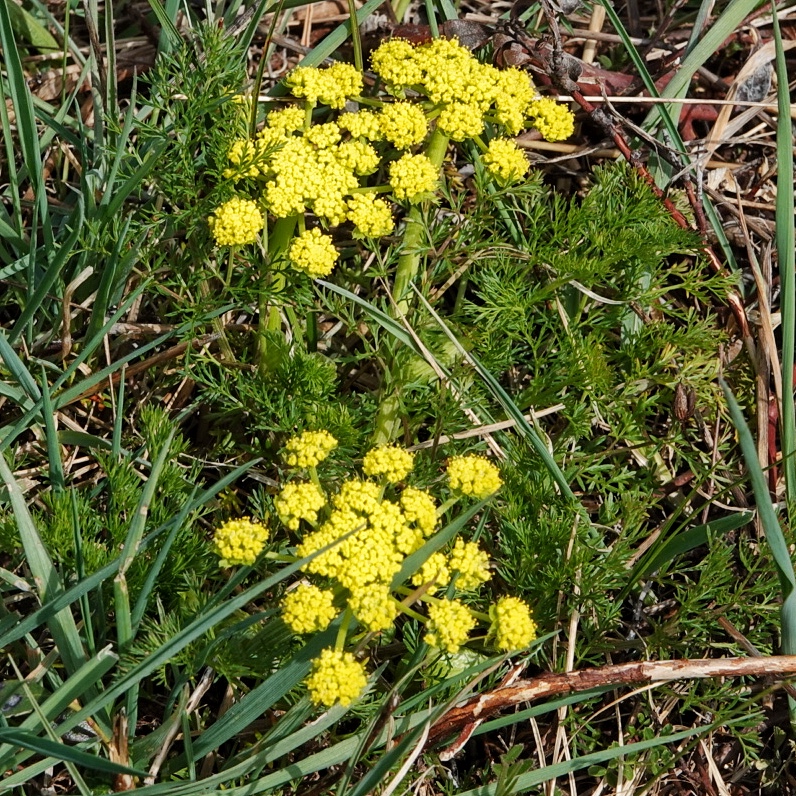
This cheerful little member of the family Apiaceae (carrots, parsleys) often goes by the common names spring gold, common biscuit root, fine-leaved lomatium, bladder desert parsley. Besides sharing the name with Crocidium multicaule ‘spring gold’ is also a bit of a misnomer because this plant often blooms well into the summer months.
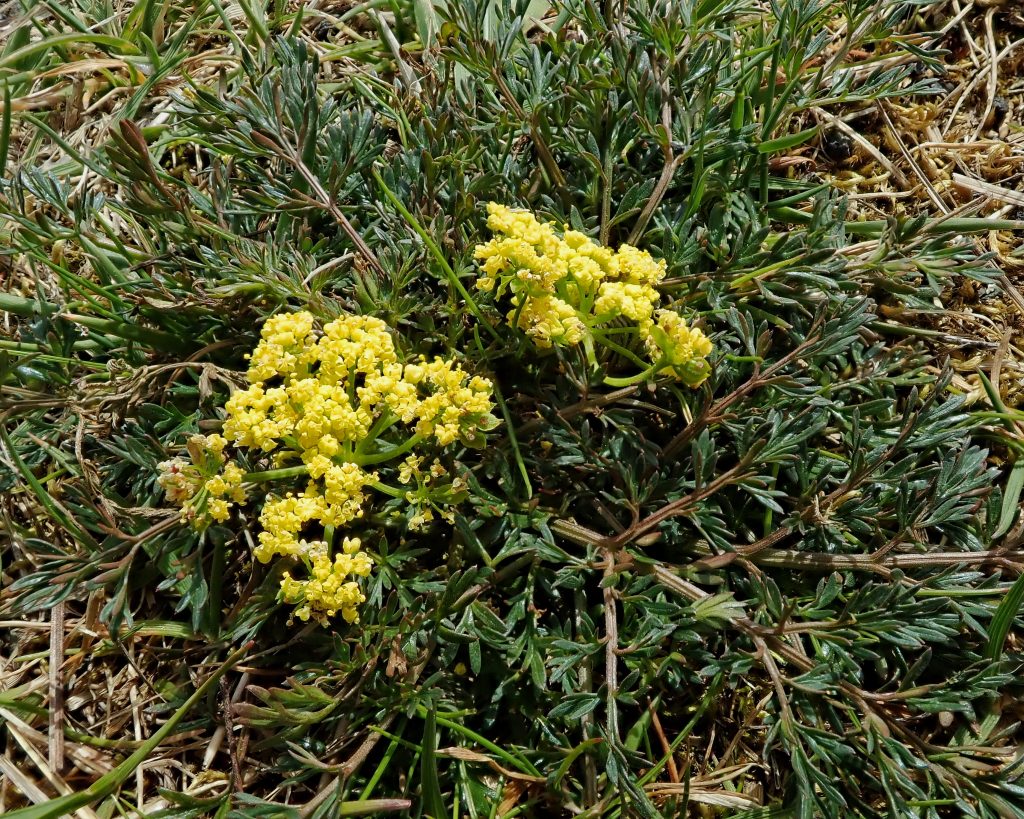
I have to confess that this is the first time I’ve identified this plant, and that only happened because it was shown on the information plaque where I found it, at Mima Mounds Natural Area Preserve. I’ve seen many plants that were probably this, but with over 40 species of Lomatium in our area, many of which have dissected leaves and yellow flowers, keying one out is a daunting process. And most of them require, at some point in the keying process, an examination of the root, and high magnification examination of the fruits and seeds. Which means that for absolutely positive identification via a key you have to dig up a plant that has gone to seed, and thus far I haven’t been able/willing to do that. But this plant looked just like the Lomatium utriculatum on the info sign, and just like the one in ‘Wildflowers of the PNW’ (Turner/Gustafson) so that’s what I’m calling it.
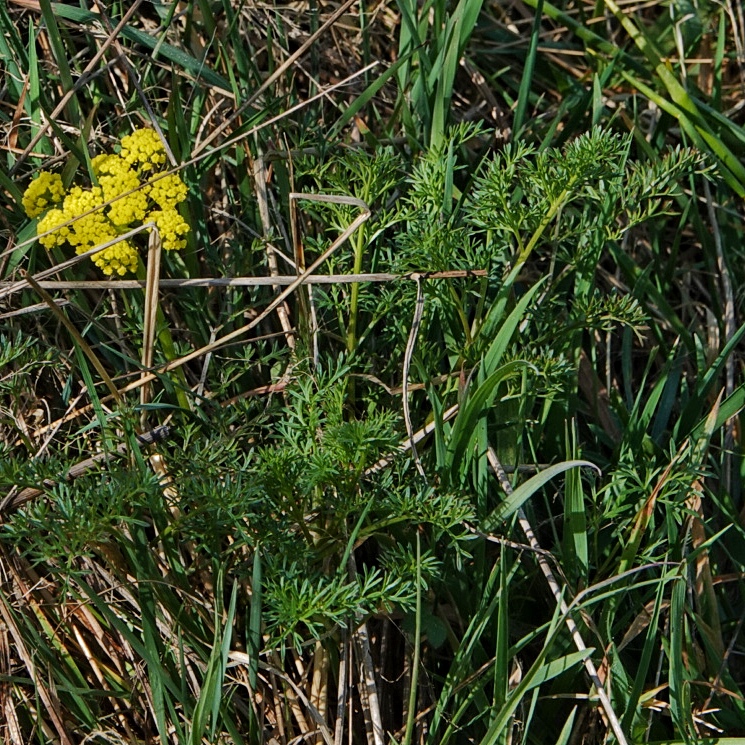
Indigenous people made flour from the roots (hence the common name biscuit root), as well as eating them raw or roasted. The leaves can be eaten raw or as potherbs, and the Kawaiisu ate the leaves, shoots, and flowers fried in grease and salt. The Salish ate the roots for headaches and stomach problems. And several cultures used a decoction of the entire plant to bathe sore joints.
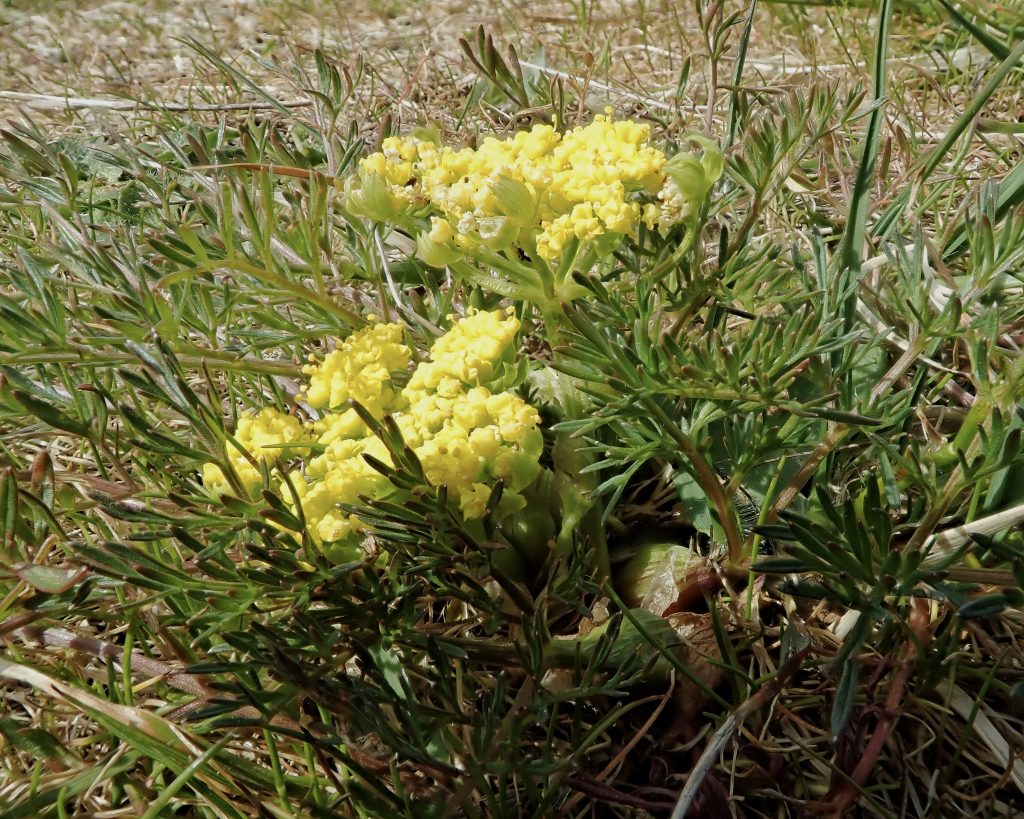
Description-This is a small (up to 18” tall but usually well under 12” tall) bushy plant with finely dissected leaves that are mostly basal but also grow on the stem, and bright yellow flower umbels; leaves are usually hairless to sparsely haired, thrice pinnate, with <9mm long linear leaflets; flowers ± in the same plane.
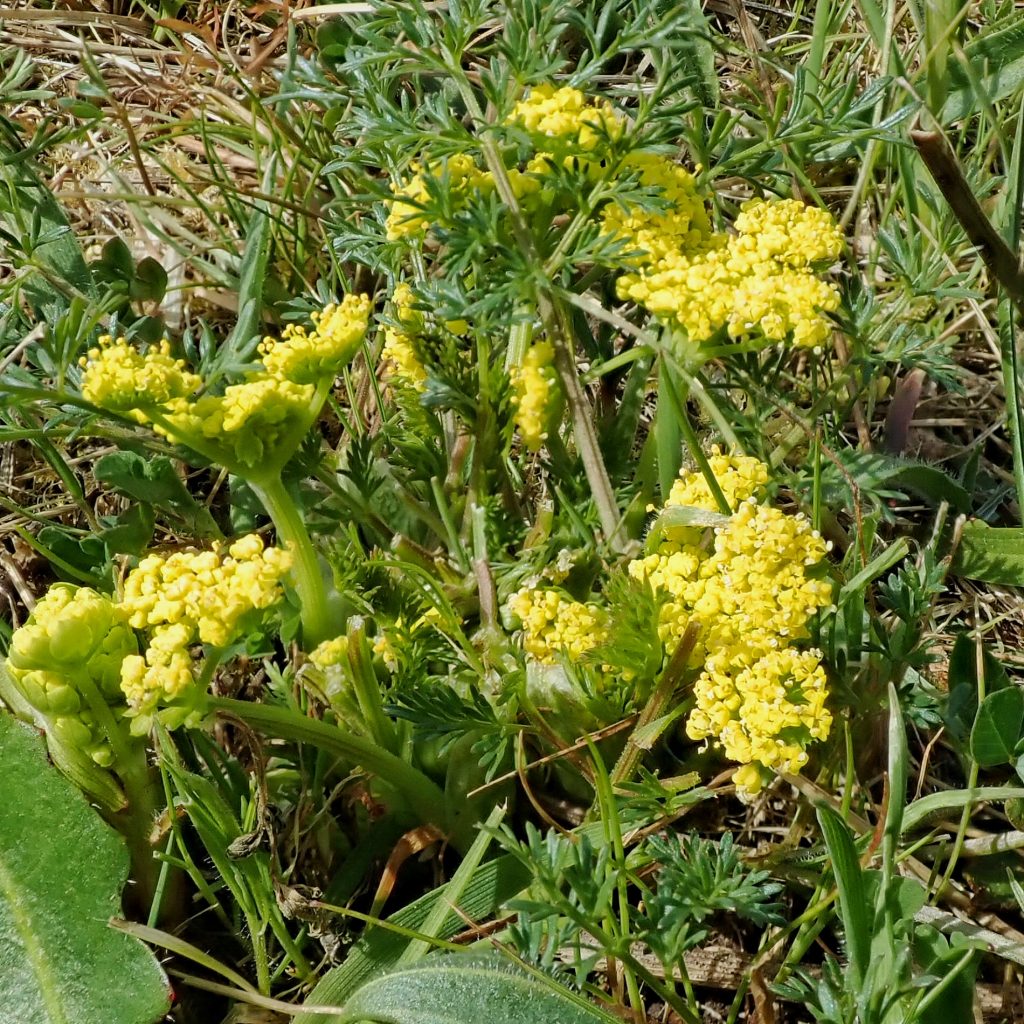
Similar species–L. halli leaflets not finely dissected; L. cous leaflets not finely dissected, grows east of Cascades; L. grayi has a strong, pungent odor; L. laevigatum has longer leaflets, grows in basalt cracks primarily in the Columbia River Gorge; L. suksdorfi and L. dissectum are much taller.
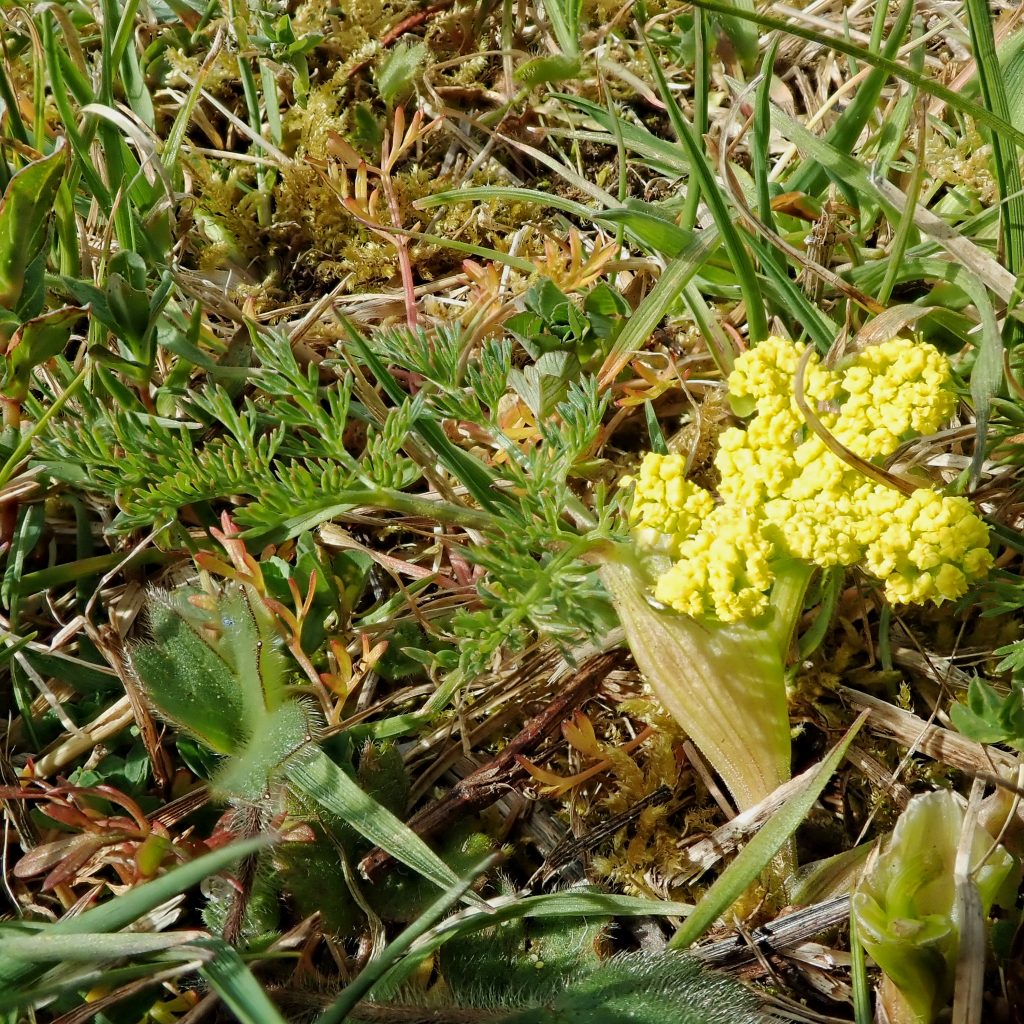
Habitat-Rocky meadows, grasslands, and prairies, open coastal headlands, and open slopes, most common at lower elevations, but found up to 7,000’ elevation.
Range-West Coast endemic; primarily west of the Cascades in our region, and in n California, with disjunct populations in the Blue Mtns
Reproductive timing– May start blooming as early as January and continue through July, but is most commonly seen in bloom from April to June.
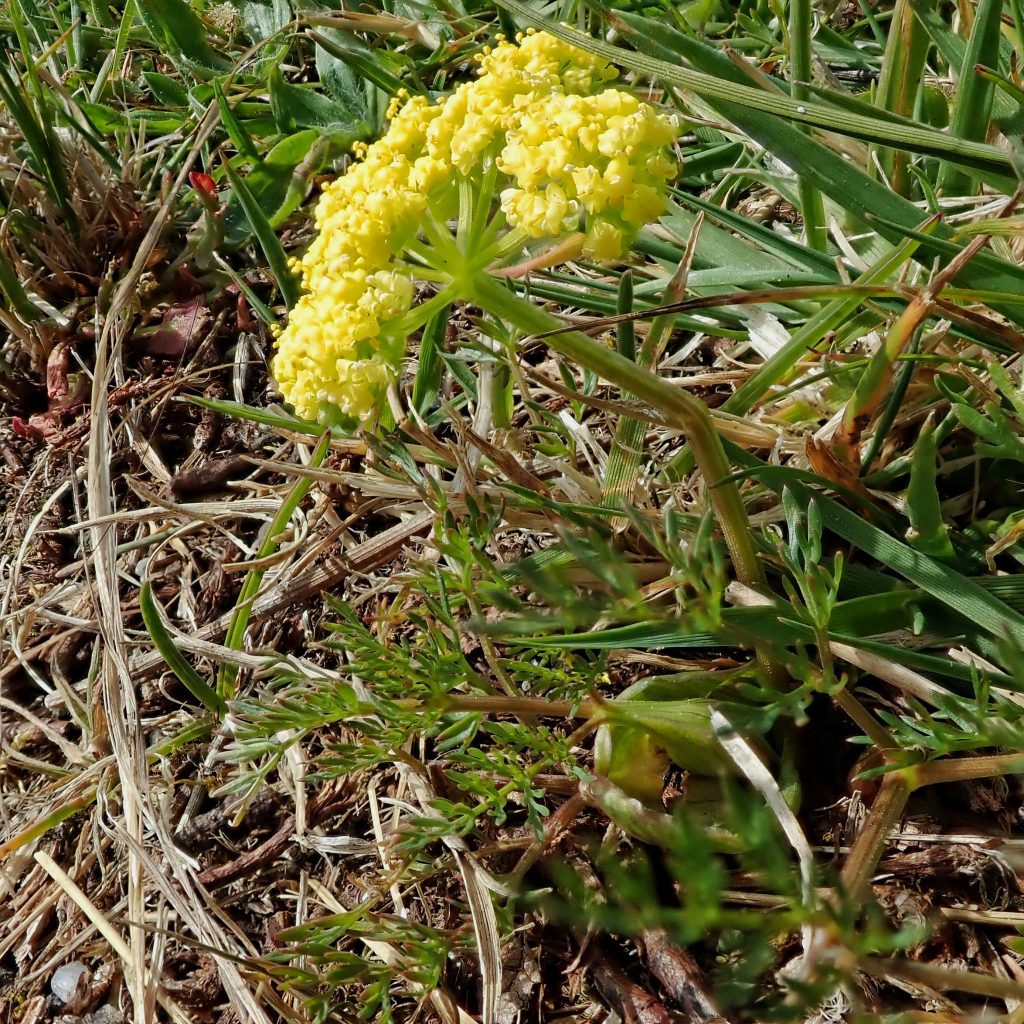
Eaten by-The butterfly Papilio zelicaon (Anise Swallowtail) and the moth Agonopterix oregonensis utilize this plant as a larval host; it is particularly favored by native bees for its nectar and pollen, and a useful resource for many other pollinators; favored nectar source for the threatened Taylor’s Checkerspot and Mardon Skipper butterflies.
Etymology of names–Lomatium is from the Greek for ‘bordered’ which refers to the wings on the fruit. The specific epithet utriculatum is from the Latin for bag or bladder, and refers to the covering surrounding the fruit of this plant.
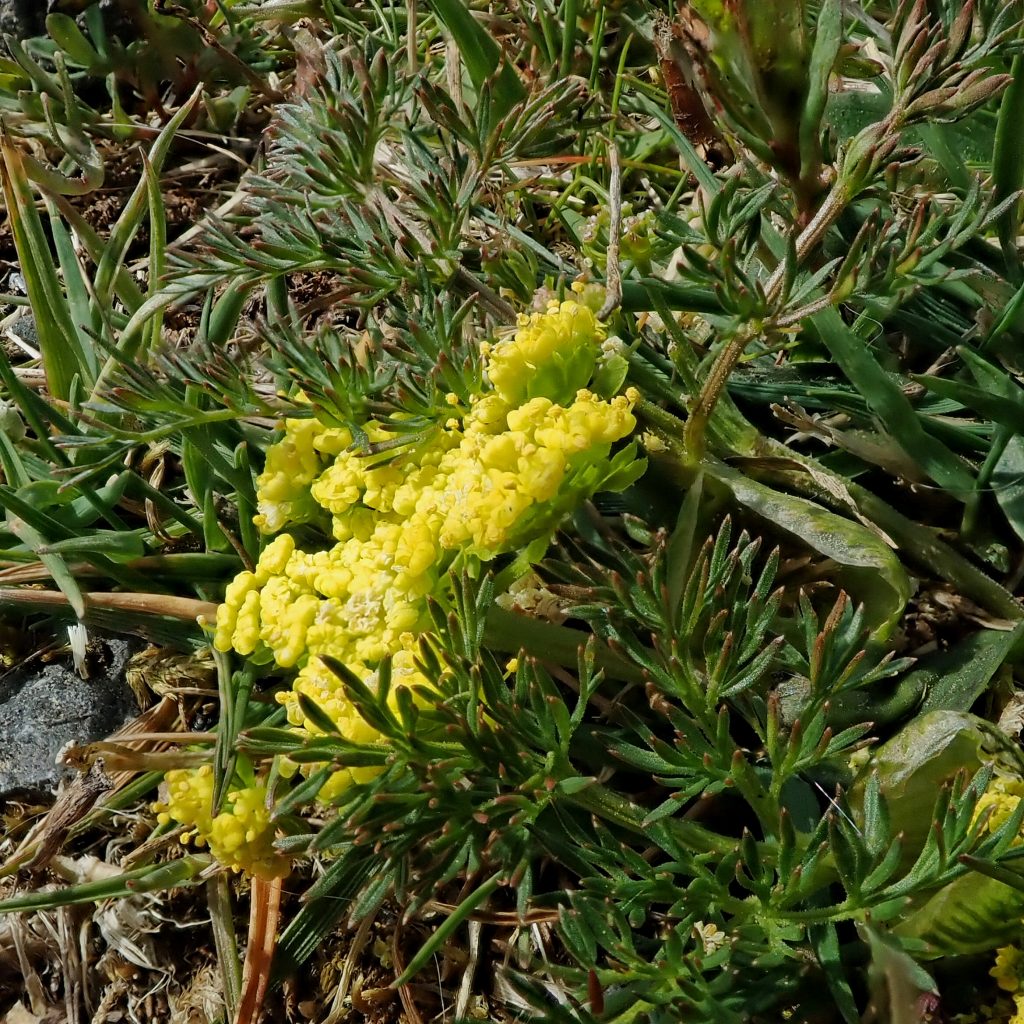
Lomatium utriculatum | Fine-leaf Desert Parsley | Wildflowers of the Pacific Northwest
https://calscape.org/Lomatium-utriculatum-()
https://linnet.geog.ubc.ca/Atlas/Atlas.aspx?sciname=Lomatium+utriculatum
http://naeb.brit.org/uses/search/?string=Lomatium+utriculatum+
https://pfaf.org/user/Plant.aspx?LatinName=Lomatium+utriculatum
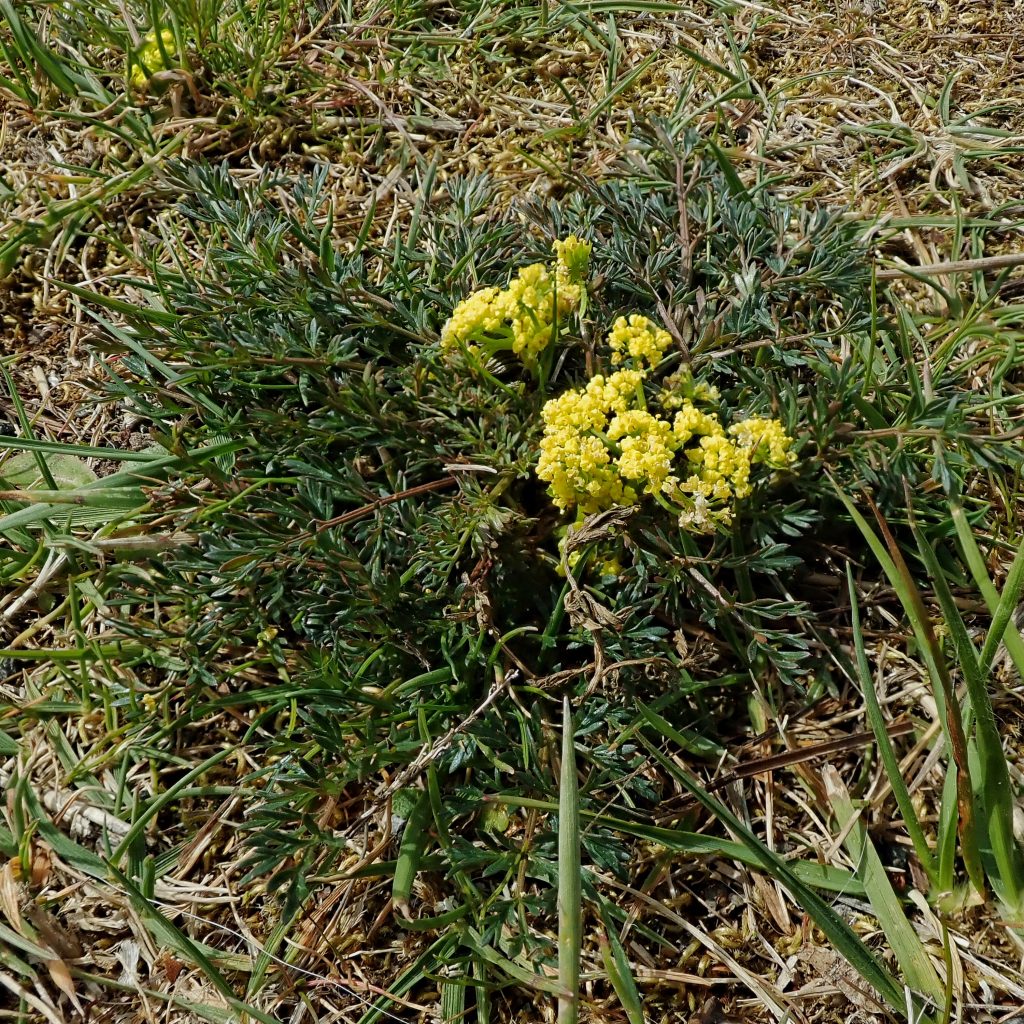
LOVELY, THANKS